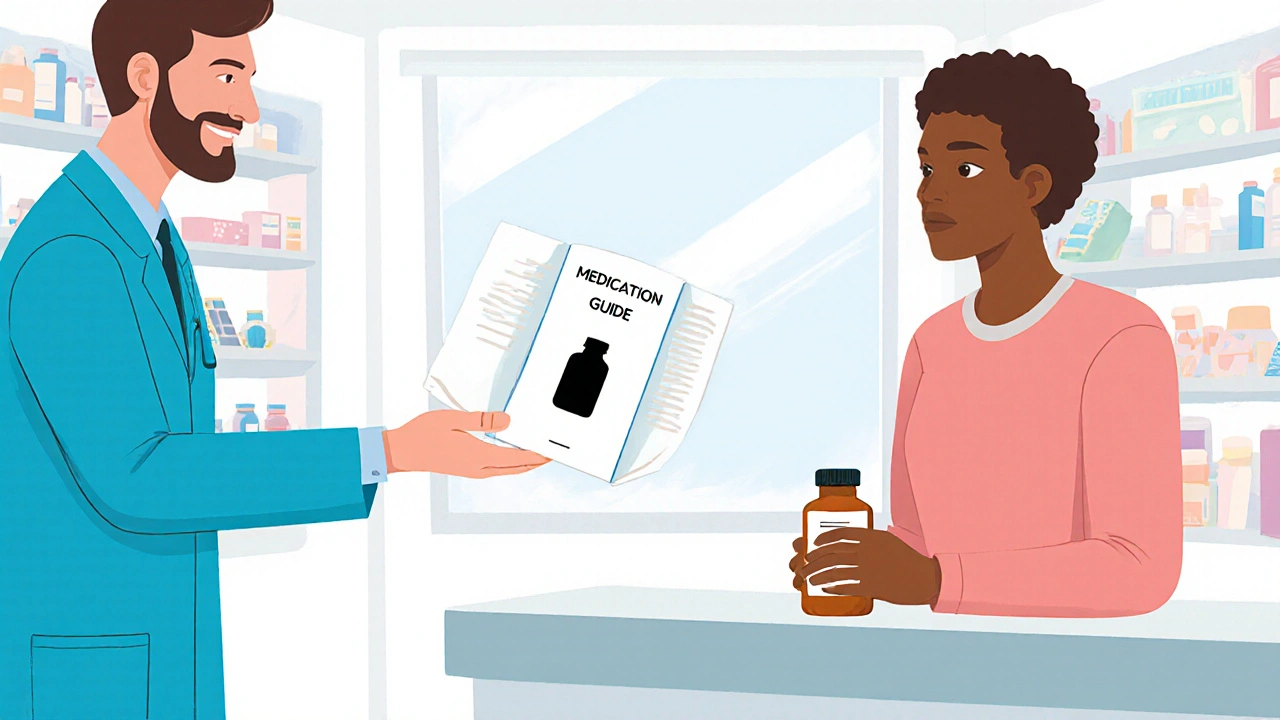
Medication Guides Explained: Why They’re Critical for Patient Safety
Learn what Medication Guides are, why the FDA mandates them, and how they protect patients from serious drug risks. Get clear steps to use these guides effectively.
When you take a pill, you trust it will help—not hurt. But patient safety, the practice of preventing harm during medical care. Also known as medication safety, it’s the quiet shield between you and dangerous mistakes like wrong doses, bad interactions, or expired drugs. It’s not just hospitals’ job. You’re the last line of defense. A single error—like mixing creatine with kidney meds, or storing lisinopril in a humid bathroom—can turn treatment into a crisis.
Real patient safety means knowing what you’re taking and why. It’s checking if your renal monitoring, tracking kidney function through blood tests like serum creatinine and cystatin C is part of your creatine routine. It’s asking if your Dostinex or Cabergoline dose matches your prolactinoma needs, not just what the script says. It’s understanding that drug interactions, when one medication changes how another works in your body can turn a safe combo into a risk—like taking duloxetine with other antidepressants without knowing the serotonin danger. And it’s not just pills. Improper medication disposal, throwing unused drugs in the trash or flushing them pollutes water and puts others at risk, as seen with lisinopril and warfarin left in cabinets.
Some risks are hidden. Motion sickness isn’t just nausea—it’s your vestibular system screaming for balance, and ignoring it can lead to dehydration or falls. Hyponatremia in athletes? It’s not about drinking too little—it’s about drinking too much plain water without replacing sodium. Even beauty trends like Bimatoprost for eyelashes started as a glaucoma drug, and using it without medical oversight? That’s patient safety slipping through the cracks.
Every post here comes from real cases: people who monitored their kidneys while using creatine, compared Duzela to other antidepressants to cut side effects, or learned how to safely buy generic metformin without falling for scams. These aren’t theory pages—they’re survival guides written by people who’ve been there. You’ll find clear comparisons, step-by-step checks, and no-fluff advice on how to ask the right questions, spot red flags, and take control before something goes wrong. This isn’t about trusting your doctor alone. It’s about teaming up with them—and knowing exactly what to watch for.

Learn what Medication Guides are, why the FDA mandates them, and how they protect patients from serious drug risks. Get clear steps to use these guides effectively.